Luxury industry: cracking the conundrum of lower-tier cities across emerging markets
Luxury brands market their products in many large emerging markets like India and China thinking consumers are the same within these countries. Our latest research shows that significant differences exist within higher - and lower - tier cities in their consumption motivations. We provide guidance on successfully negotiating these complexities.
A potential solution to the trillion dollar digital shopping cart abandonment challenge
Digital shopping cart abandonment is a trillion dollar problem that is prevalent across the e-commerce industry irrespective of the sector. Our research sheds light on how to solve this challenge using the self-regulation motivation.
What is your digital value strategy?
Value is a fundamental driver for consumer decision making. However, many organizations are unclear about what value consumer derive from their products or services. Moreover, this is even more complicated in the digital environment. Using research over the past decade, I provide a strategic toolkit to think and thrive through developing and managing digital value for your organization.
Seriously, I thought Haier was a German brand! Detrimental effects of country of origin misclassification on bottomline
Many brands, particularly those from countries associated with poor production quality, attempt to disguise their origins. Some even attempt to deliberately associate their brand with a country that has a strong image to win over customers. Our recent research suggests that this can backfire, however. When customers find out the truth about a brand’s origins, they are not happy about it. In fact, they feel discontent and are put off buying from them in the future.
“Naming and shaming obesity, not the person”: negative attitudes towards obesity leads to eating healthily but diet plans may backfire
The obese economy: The continuing rise in obesity rates across the world has been accompanied by an increase in anti-fat attitudes, prejudice [Read Story]
Synthetic diamonds are forever too, or are they!
Lab-made, synthetic diamonds are becoming increasingly similar in quality, cut, and clarity to natural ones. Technological advances has [Read Story]
Listen to my latest radio interview





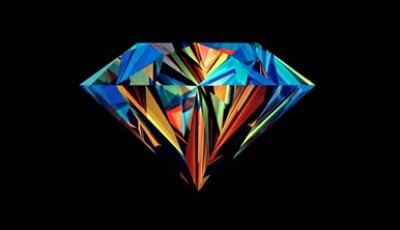
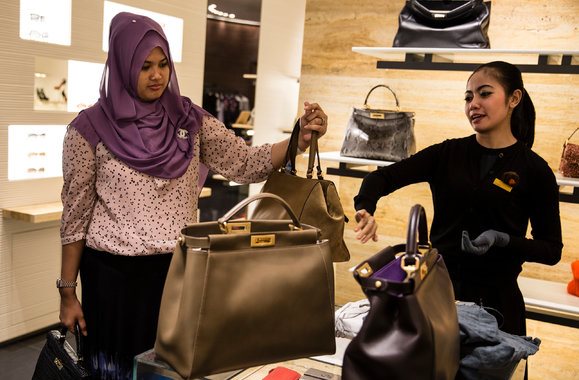
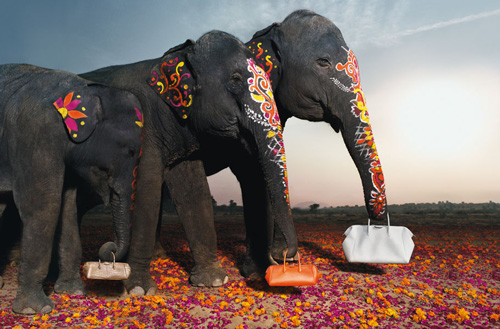
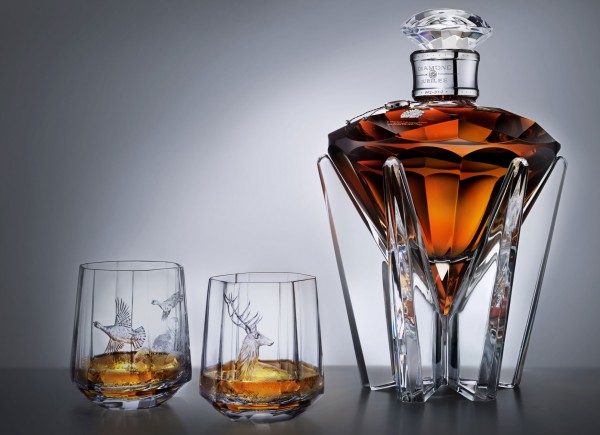
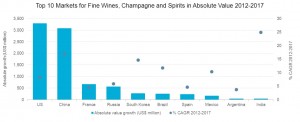 [Read Story]
[Read Story]